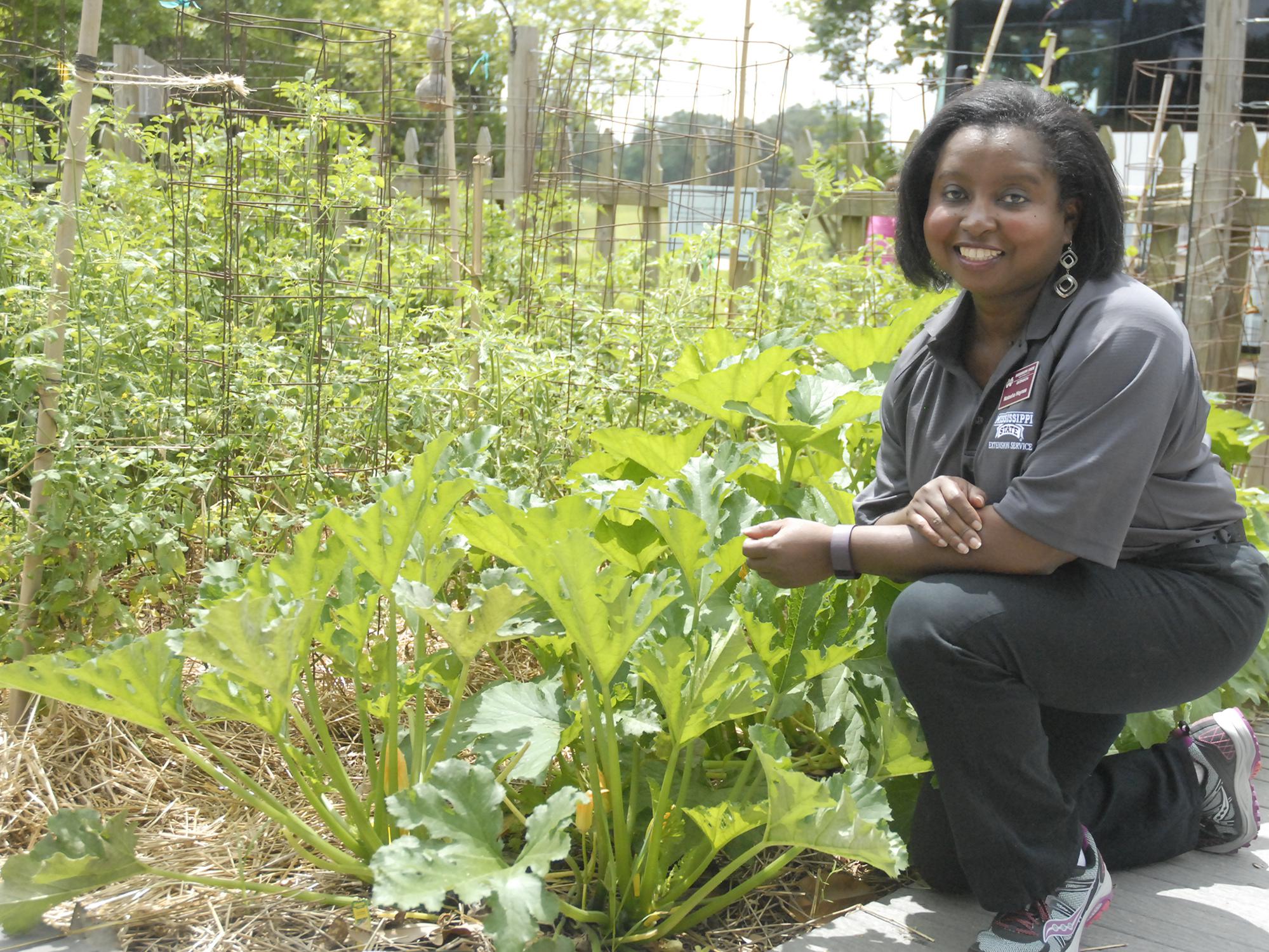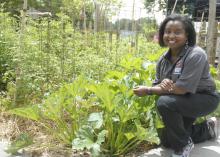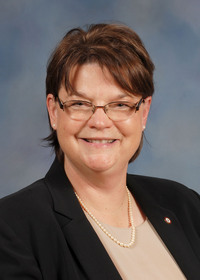Information Possibly Outdated
The information presented on this page was originally released on July 12, 2017. It may not be outdated, but please search our site for more current information. If you plan to quote or reference this information in a publication, please check with the Extension specialist or author before proceeding.
Highlight local foods in bed-and-breakfasts
VICKSBURG, Miss. -- Foods grown on Southern farms should end up on Southern tables, especially when those tables are in the state’s many historic bed-and-breakfasts.
That was the message Mississippi State University Extension Service personnel sent home with participants in a recent workshop.
“Nobody wants to go to a Southern B&B and not experience the food, so think about serving local foods,” said Brent Fountain, Extension nutrition specialist.
The freshest fruits and vegetables are the most nutritious, as they have the most intact water- and fat-soluble vitamins.
“Processing may contribute to the loss of nutrients found naturally in some fruits and vegetables,” he said. “Eating local foods may also promote a safer food supply. The fewer hands there are touching food, the fewer opportunities for contamination.”
Eating local foods also supports the area economy.
“You’re helping the local farmer, and the local farmer is helping you,” Fountain said.
Eating locally means seasonal foods will be on the table. While supermarkets have tropical fruit and nearly all produce available year-round, those preparing foods for a bed-and-breakfast can capitalize on using the current, fresh local products.
“Plan menus and functions around the food availability at a given time,” he said.
While some fruit and vegetables can be grown on-site, it often makes business sense to outsource produce for the table. Options include farmers markets, community gardens, direct-to-consumer arrangements or community-supported agriculture -- also called CSA.
“They all result in the same thing -- local food,” Fountain said.
A recent travel trend sees guests seeking planned stays, with events coordinated for them in advance. Fountain said having local food on the table offers an opportunity to take guests to tour the farms where their food was grown or even to participate in its preparation, such as with a canning or jam-making activity.
Natasha Haynes, host of The Food Factor and Extension agent in Rankin County, said one way to bring area products, even home garden produce, to the table is to put a twist on traditional menu items.
“Always start with good ingredients, but look for that one ingredient that you want to spotlight,” she said. “Decide what one ingredient will be the star of your show, and then find ways to include it in what you offer.”
Add fruits to breads, biscuits, pancakes and sauces. Vegetables can highlight soups, salads, sauces, pizzas and sandwiches. Local honey can be used as a sweetener in many foods, and nuts are commonly grown locally and easily worked into breakfast and snack foods.
“There are endless things you can do with herbs, including infusions, oils and seasonings,” Haynes said. “Be sure to tell where you get your food from so you can show your guests it is local.”
Bobbye Pinnix, owner of Isabella Bed and Breakfast in Port Gibson, serves local food in her historic home. She plans her menu around what her area producers have in fresh supply.
“I serve breakfasts to my guests who stay over, and I host a lot of special events, such as receptions, showers and business lunches,” Pinnix said. “We do all the food ourselves. I have herbs and a few vegetables that I grow, and I buy as many local foods as I can from the farmers market and a local producer.”
Most of her guests are from the northern U.S. or Europe, and Pinnix makes sure her menu highlights Southern cuisine.
“My guests expect the local culture and the local foods, so it’s important to do everything as fresh and local as possible,” she said.













